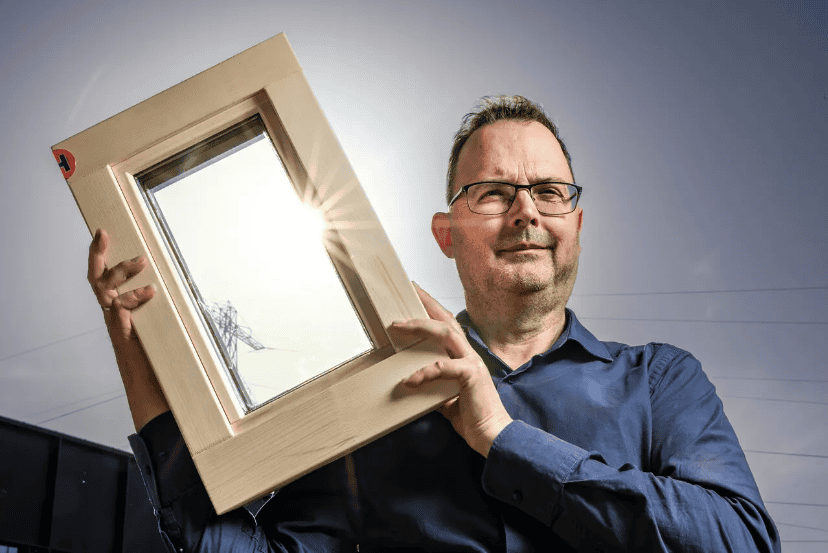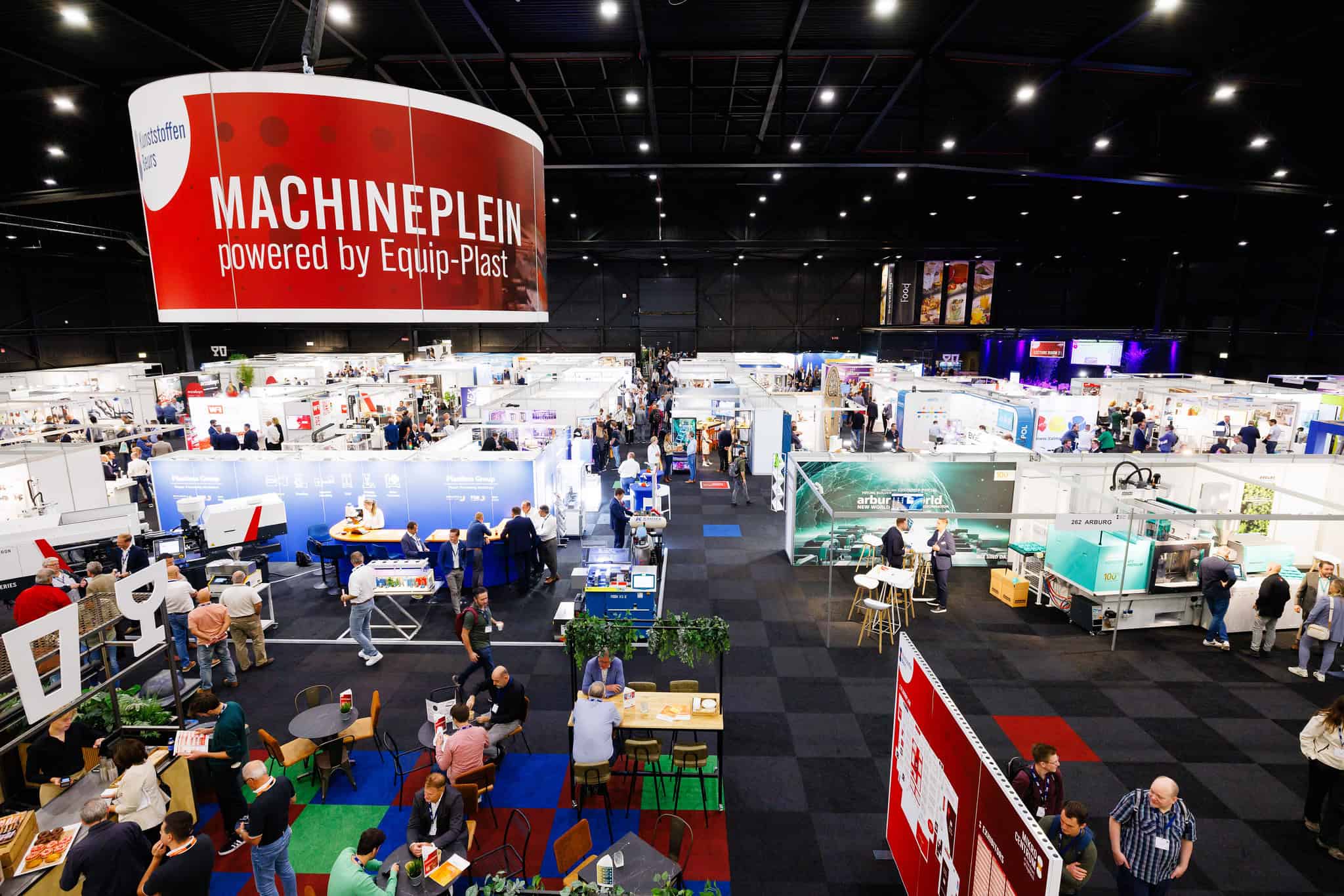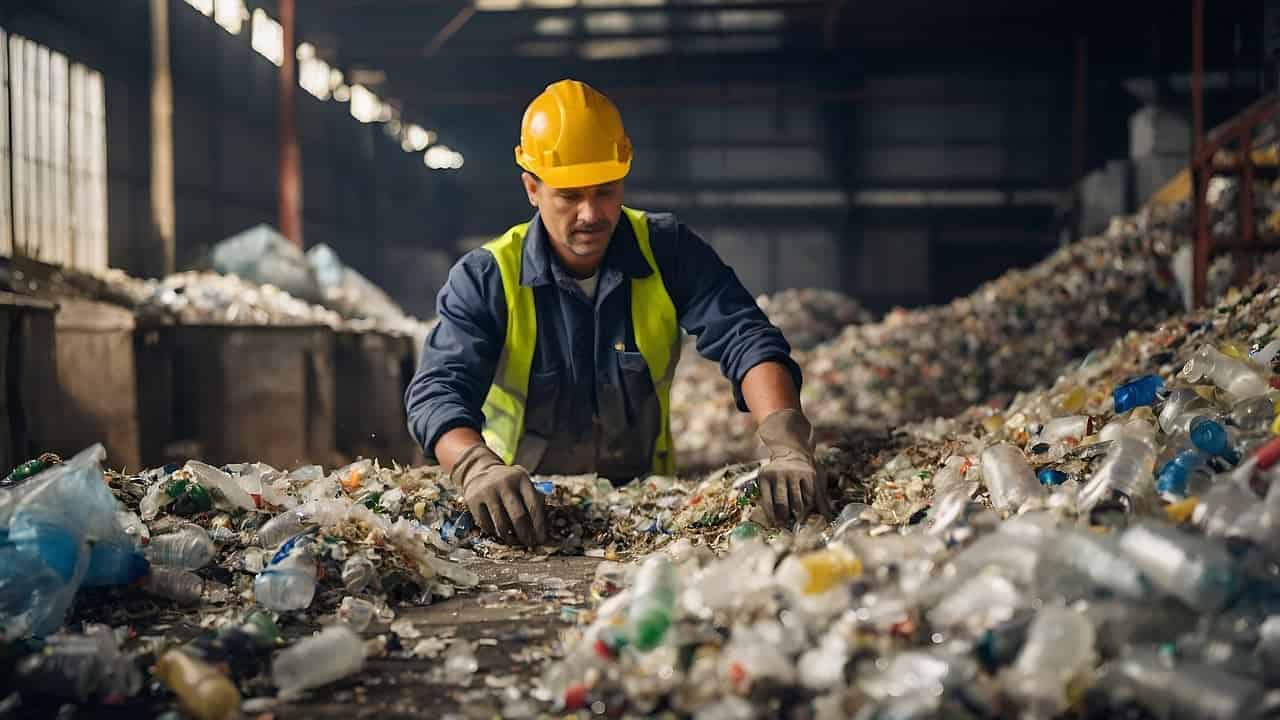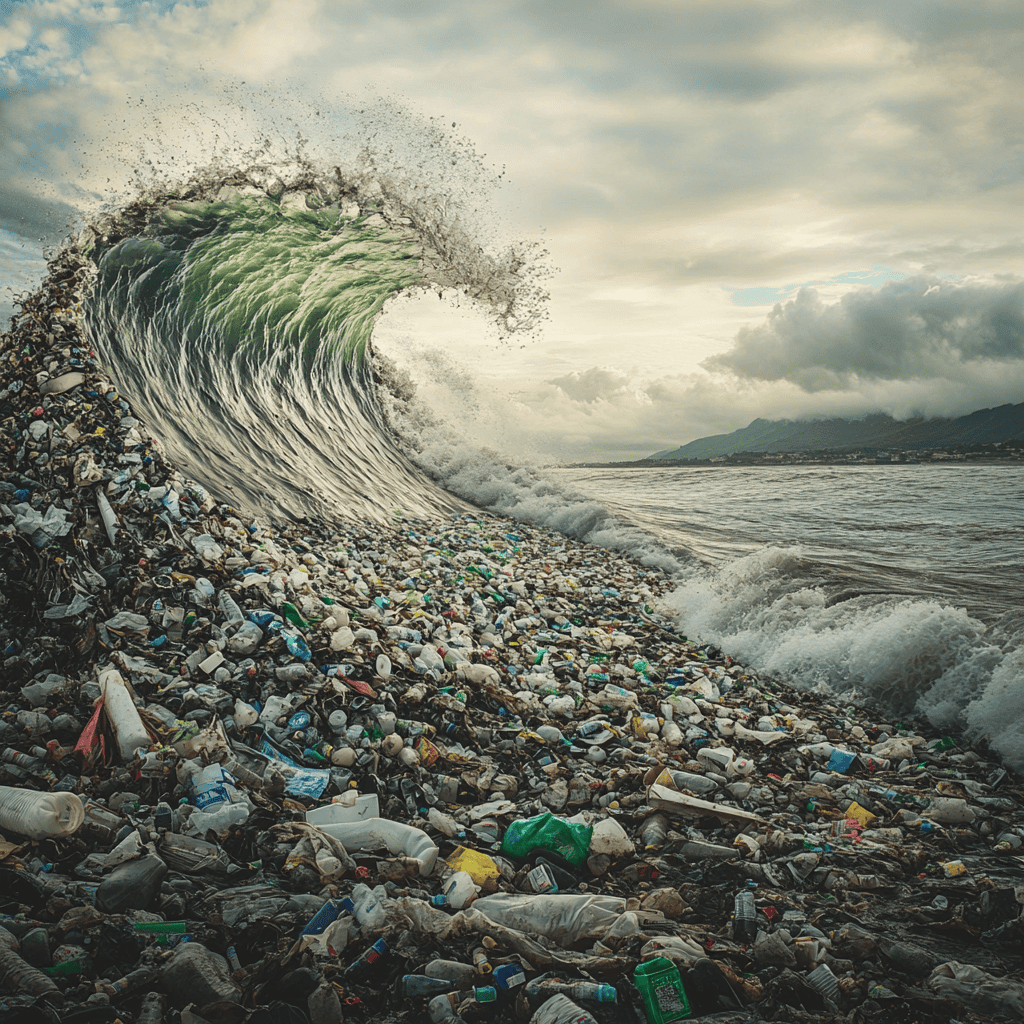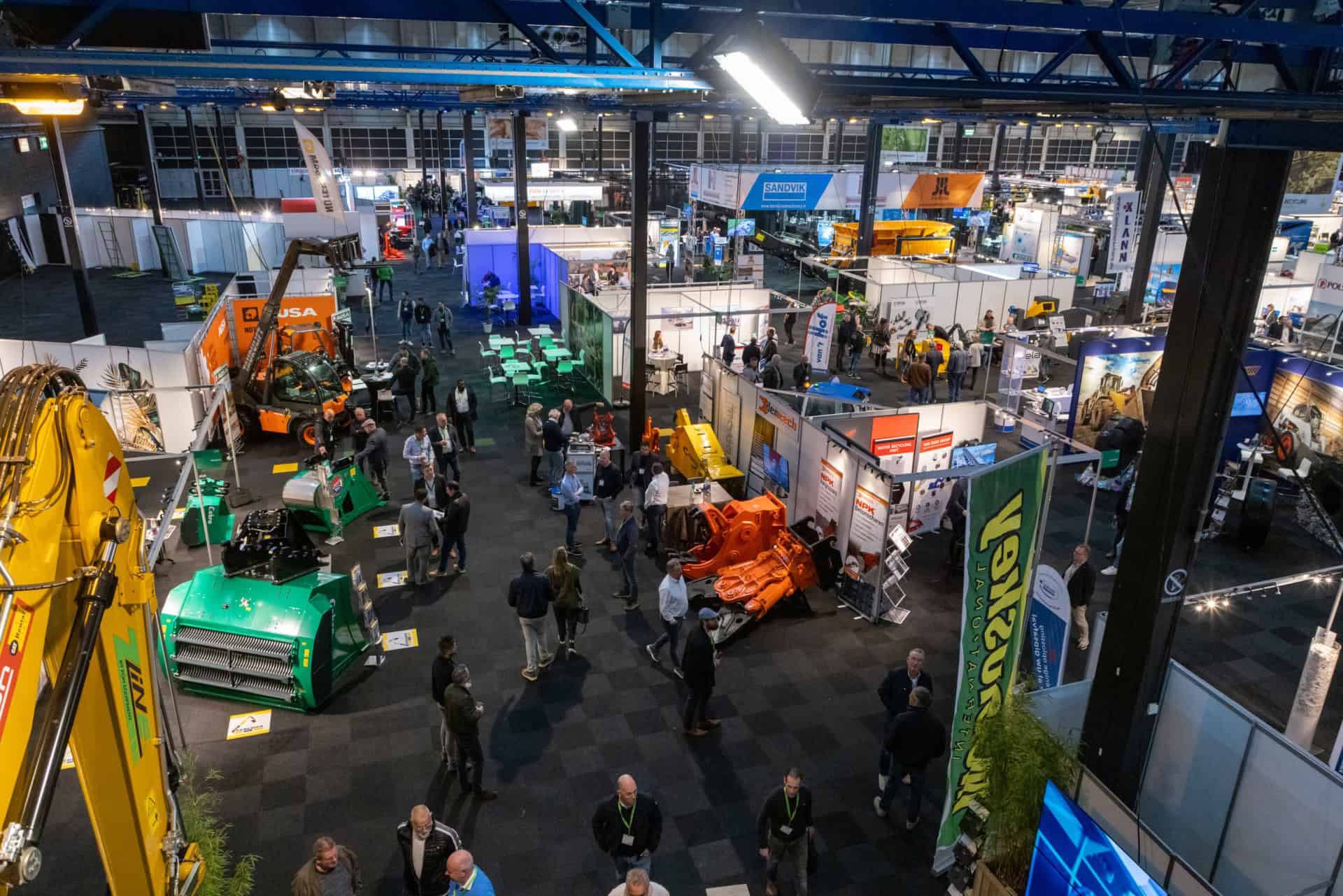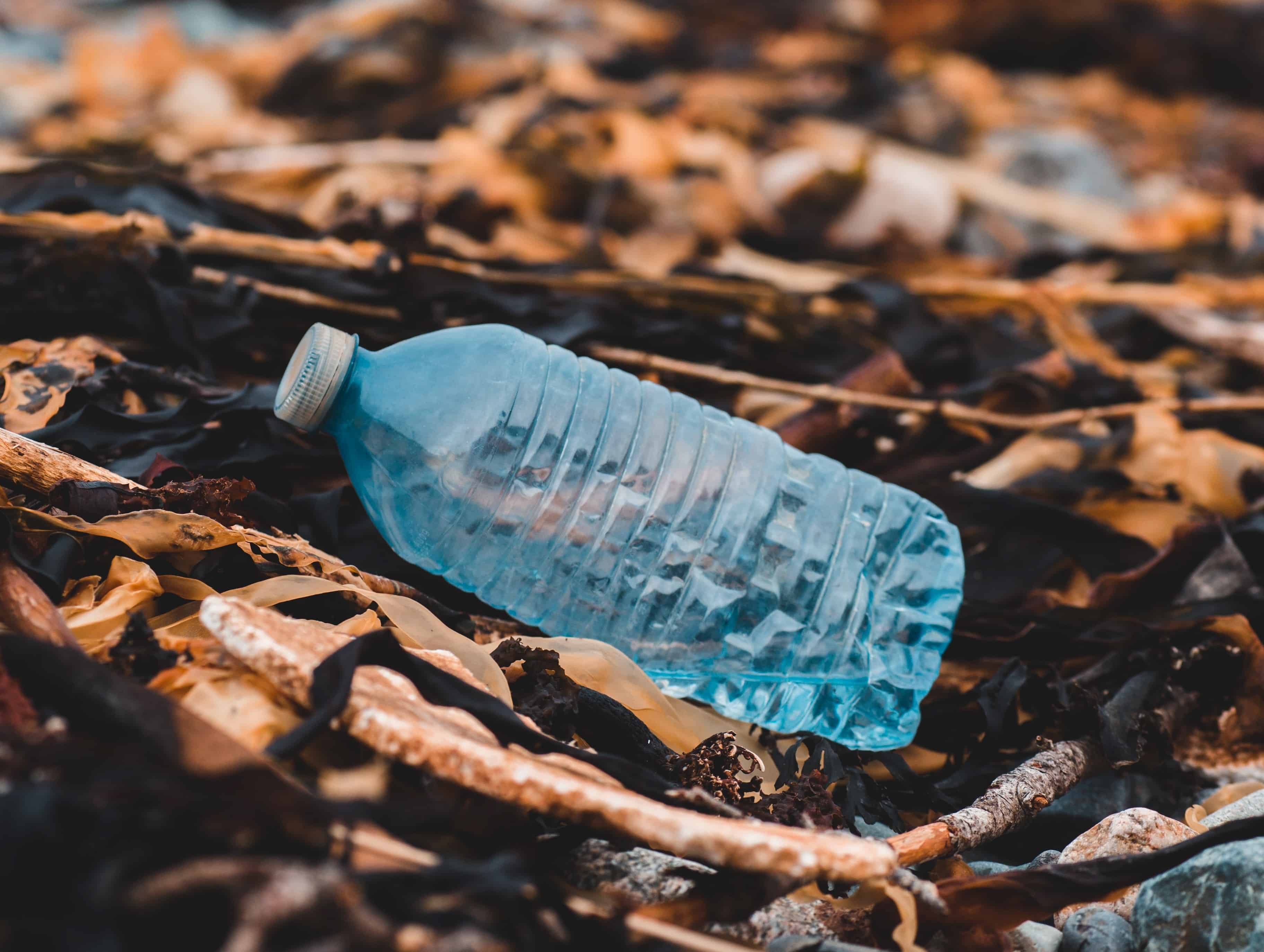
A new study shows what it will take for the plastics industry to become completely sustainable: lots of recycling combined with the use of CO2 from the air and biomass. In a press release, researchers at ETH Zurich inferred that it is also the image of plastics that needs to change.
However, right now plastic is everywhere. Our society cannot do without it: plastics have numerous advantages, are extremely versatile, and are also cost effective. Today, plastics are mainly produced from crude oil. When the products reach the end of their life, they often end up in a waste incineration plant. The energy-intensive production of plastics and their incineration release large amounts of CO2 into the atmosphere, making plastic products a major contributor to climate change.
Possibilities for a sustainable approach
One way out would be to rely on sustainable production methods, such as the circular economy, in which as much plastic as possible is recycled. Then the main raw material for plastic products would no longer be crude oil but shredded plastic waste.
But is it even possible to tweak the plastics economy to absolute sustainability? Yes, it is, shows a new study led by André Bardow, Professor of Energy and Process Systems Engineering at ETH Zurich, in collaboration with RWTH Aachen University and the University of California, Santa Barbara.
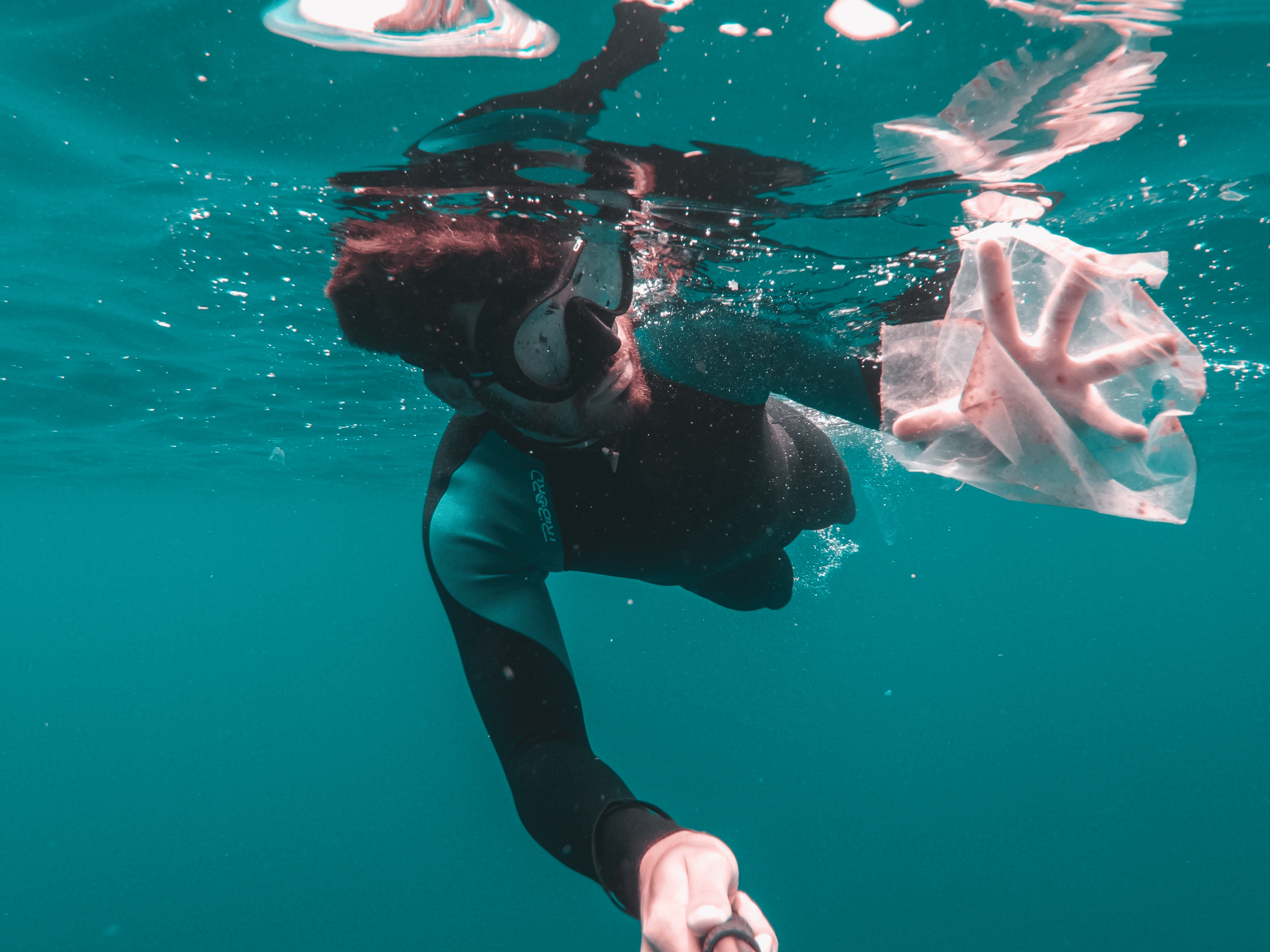
A need for an increased recycling rate
The scientists looked at the complete value chains of the 14 most common types of plastics, including polyethylene, polypropylene and polyvinyl chloride. These 14 bulk plastics account for 90 percent of the plastic products manufactured worldwide. In their study, the researchers investigated whether it is possible for the plastics industry to respect planetary boundaries.
These are a measure of comprehensive sustainability. They go beyond energy and climate issues to include, for example, impacts on land and water resources, ecosystems and biodiversity. In short: processes that adhere to planetary boundaries can be sustained over the long term without depleting the Earth’s resources.
The methods
The study finds that circular plastics are feasible within planetary boundaries. This would require at least 74 percent of the plastic to be recycled. By way of comparison, only around 15 percent is recycled in Europe today, and the rate is likely to be much lower in other regions of the world. In addition, the study finds that recycling processes would have to be improved. Specifically, plastics recycling would have to become as efficient as other chemical processes already are today. As things currently stand, not all plastics can be recycled. In the case of polyurethanes used as foams, for example, recycling has yet to be established – a question Professor Bardow is also addressing.
For the remaining maximum 26 percent of plastics, the carbon needed for production could be sourced using two other technologies, according to the study: on the one hand, CO2 captured from combustion processes or from the atmosphere (known as carbon capture and utilisation or CCU), and on the other hand, from biomass. “Recycling alone won’t do it; we need all three pillars,” Bardow says.

Aiming high
“Increasing the recycling rate to 74 percent worldwide is a very ambitious goal,” Bardow admits. As such, it is unlikely to be achieved by 2030, but 2050 is more realistic. Another challenge, however, is that more plastic products are currently being manufactured year after year. If the current trend continues until 2050, it won’t be enough to simply improve recycling processes, as planetary boundaries would still be exceeded in 2050.
That is why the study’s authors suggest also addressing demand as well as assigning a different value to plastic. “Plastic is considered cheap, which for a long time was a blessing but has now become a curse,” Bardow says. “Given its outstanding properties, we should view plastic as the high-quality material it truly is. That way, it would be okay for it to cost a little more, and its recycling, too.”
Selected for you!
Innovation Origins is the European platform for innovation news. In addition to the many reports from our own editors in 15 European countries, we select the most important press releases from reliable sources. This way you can stay up to date on what is happening in the world of innovation. Are you or do you know an organization that should not be missing from our list of selected sources? Then report to our editorial team.


